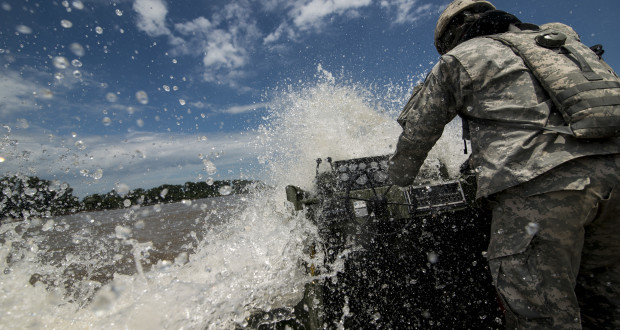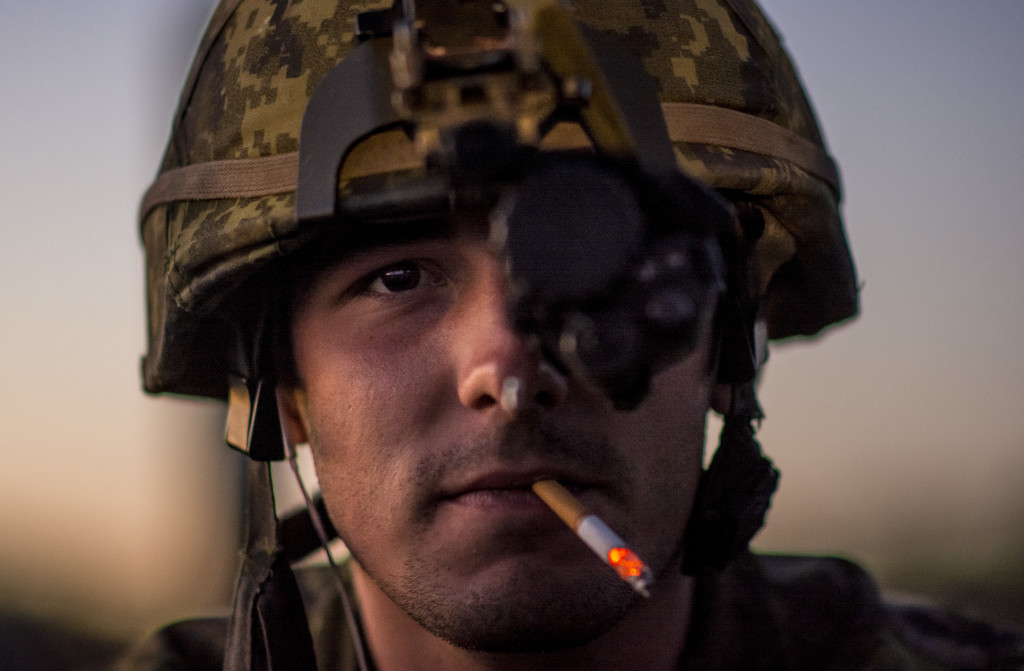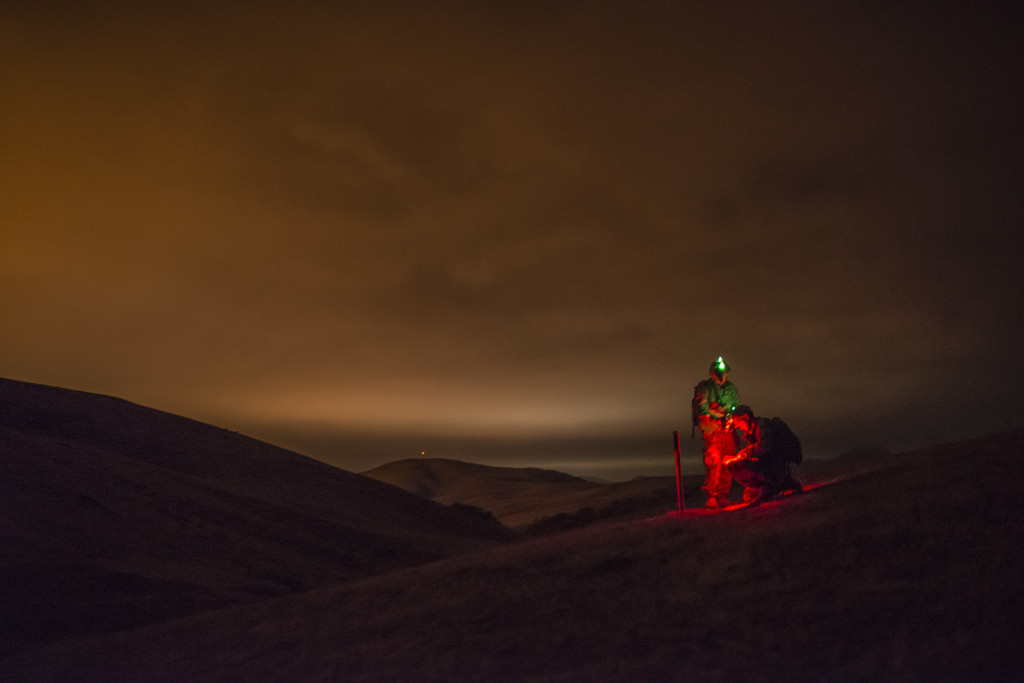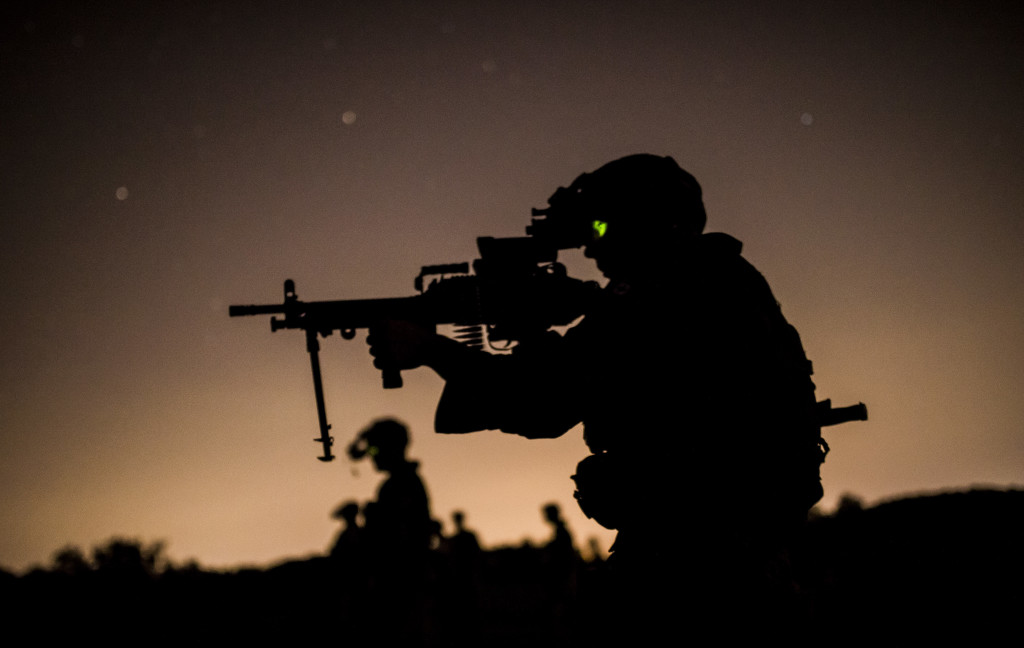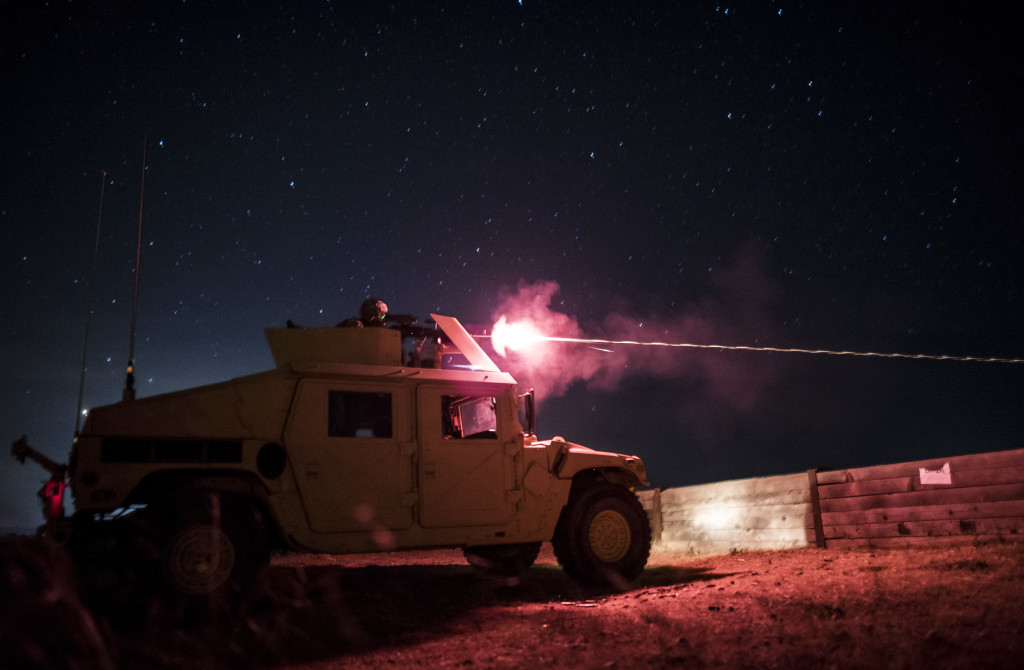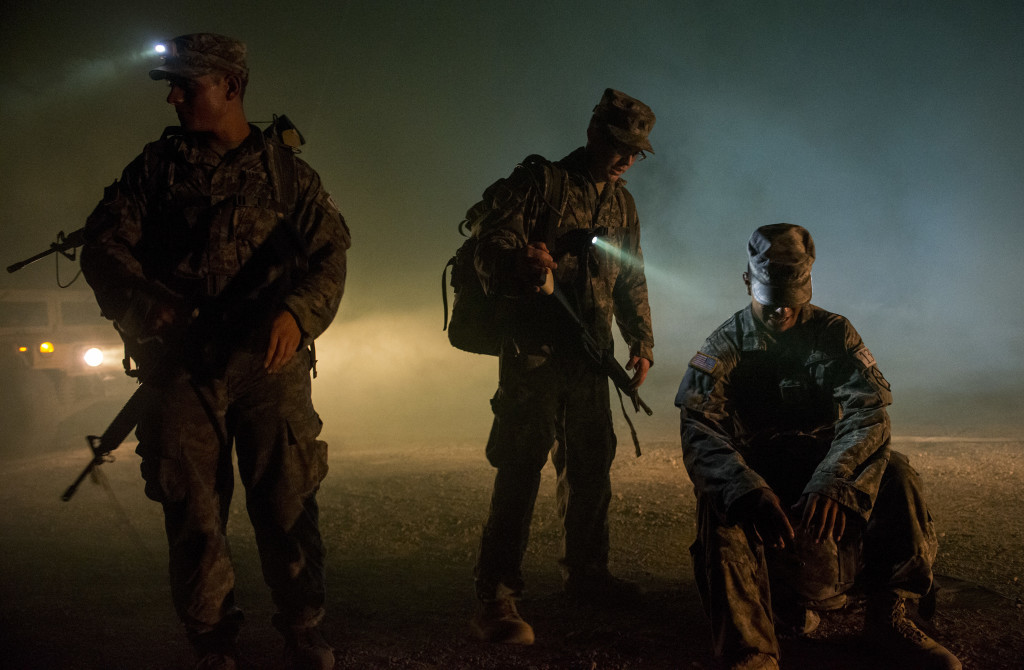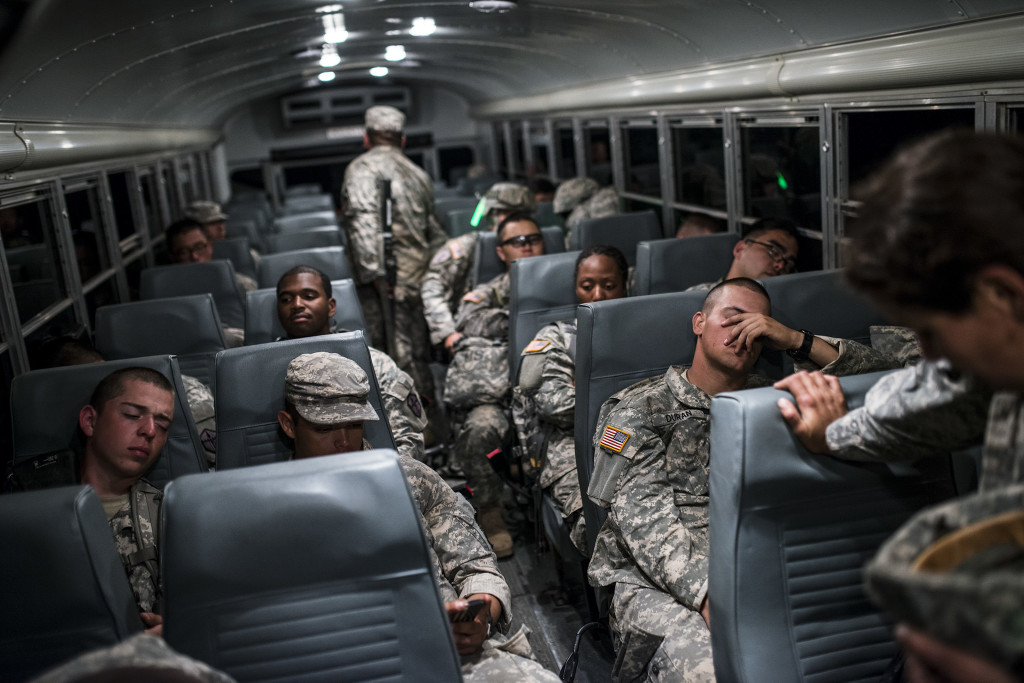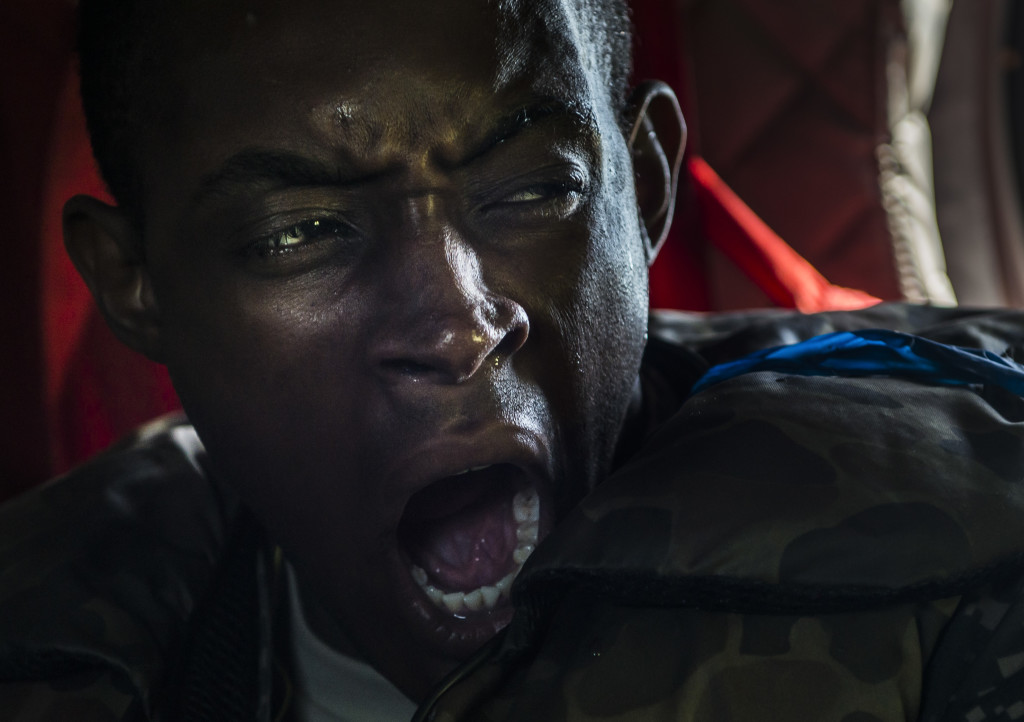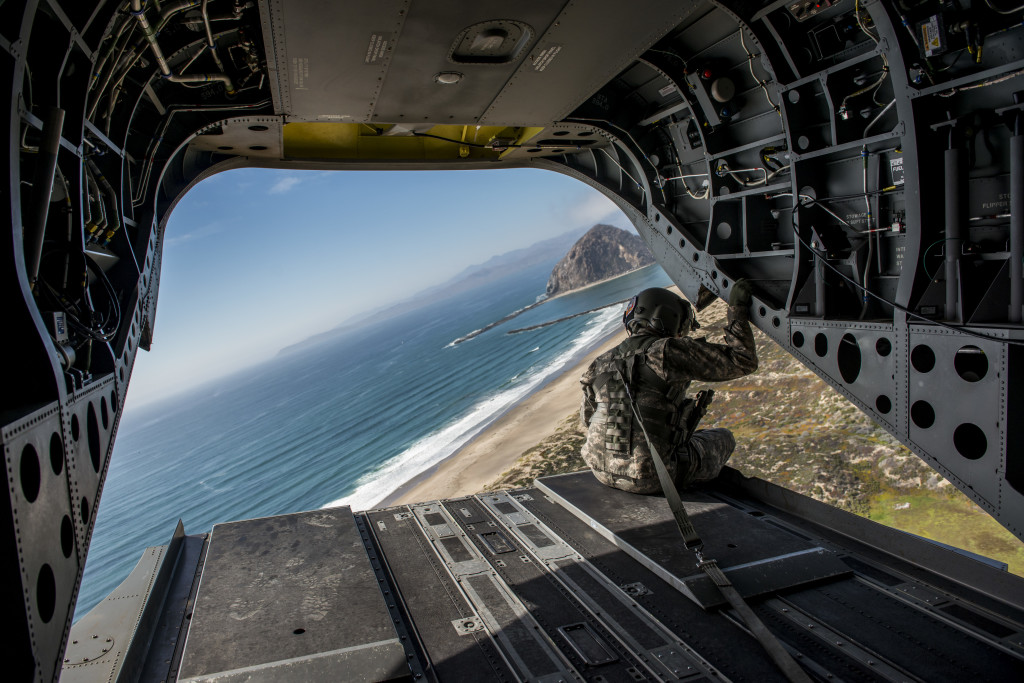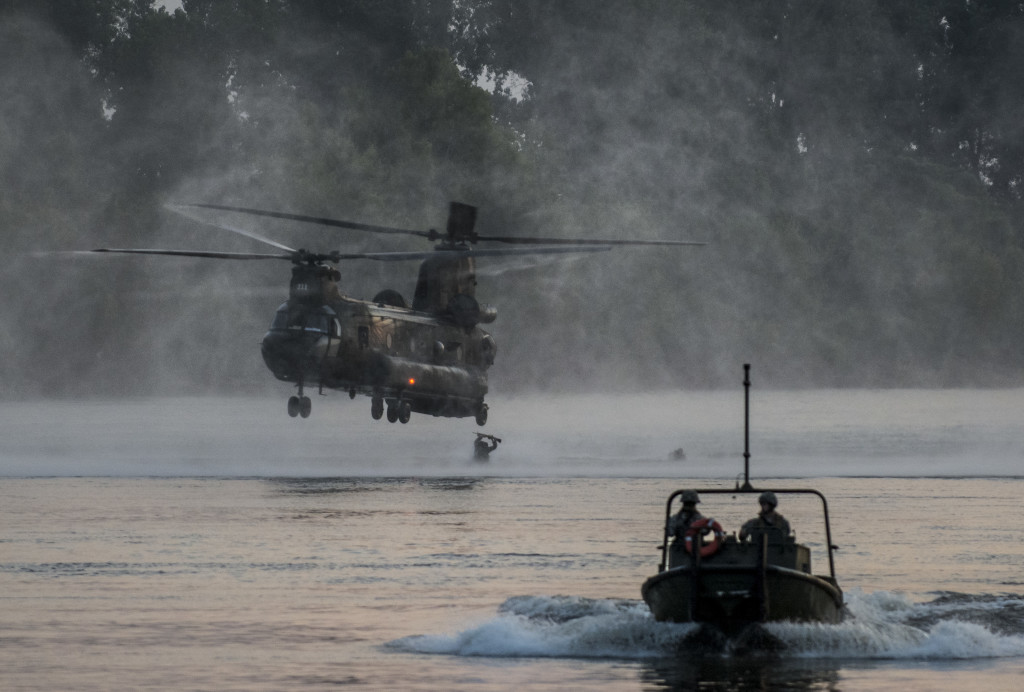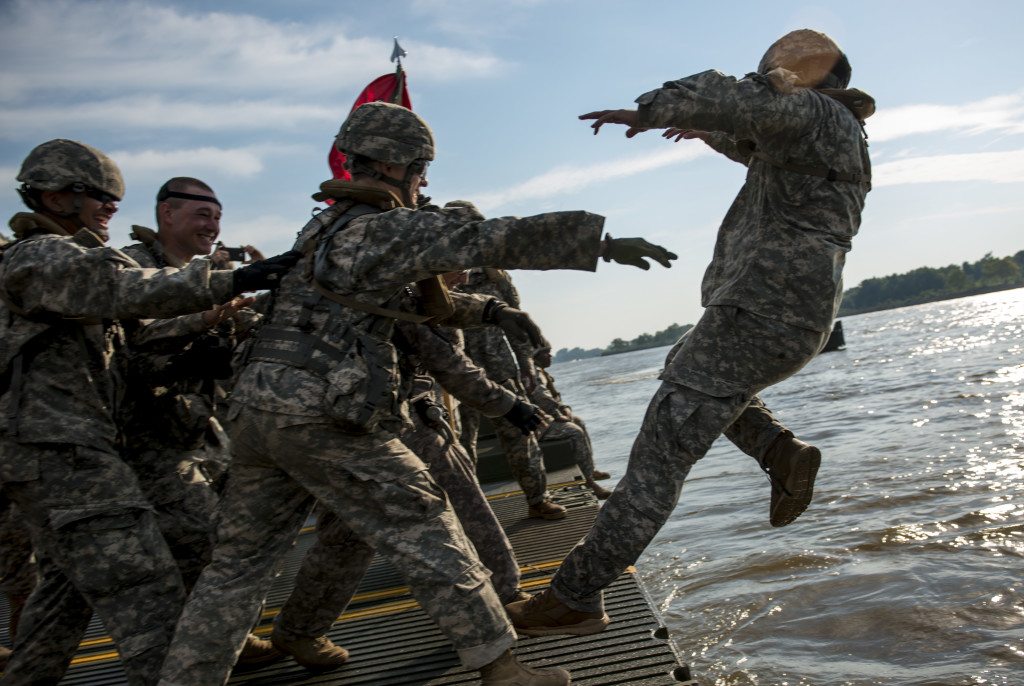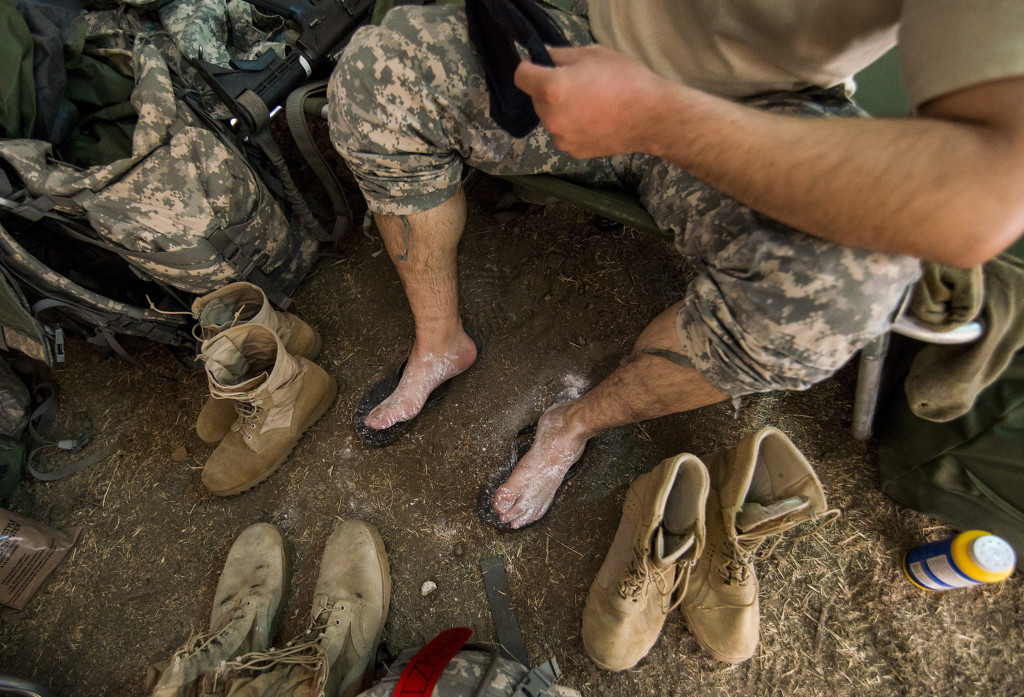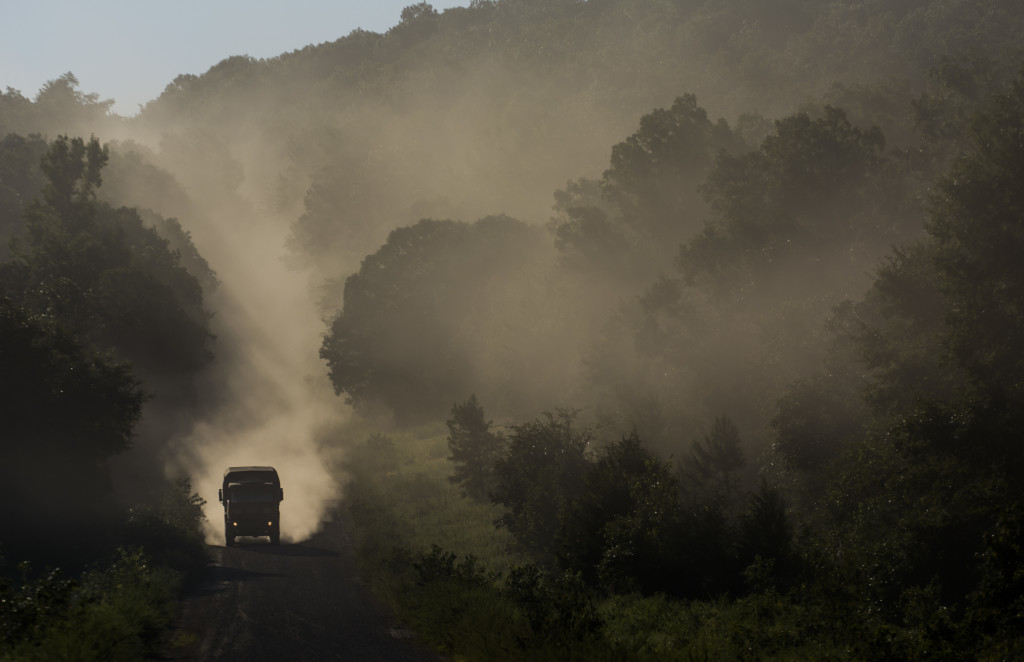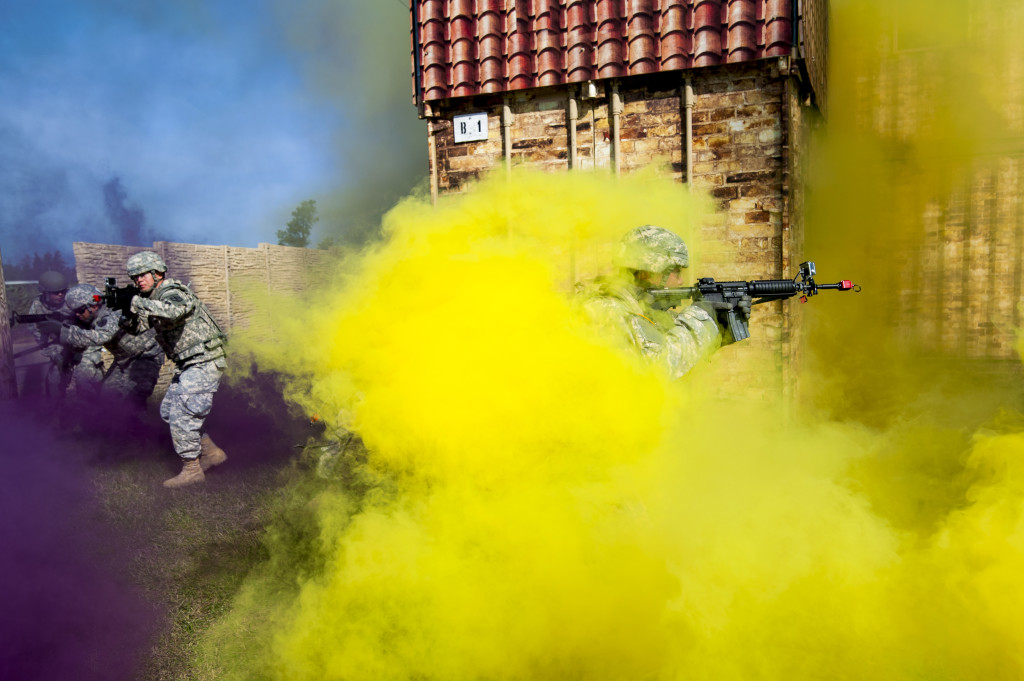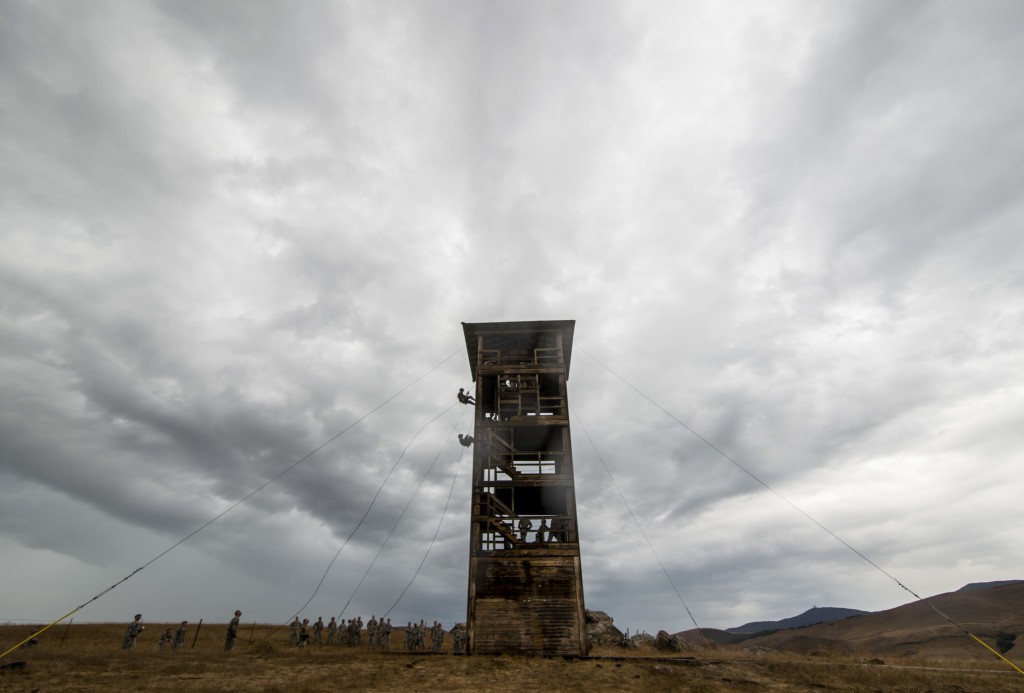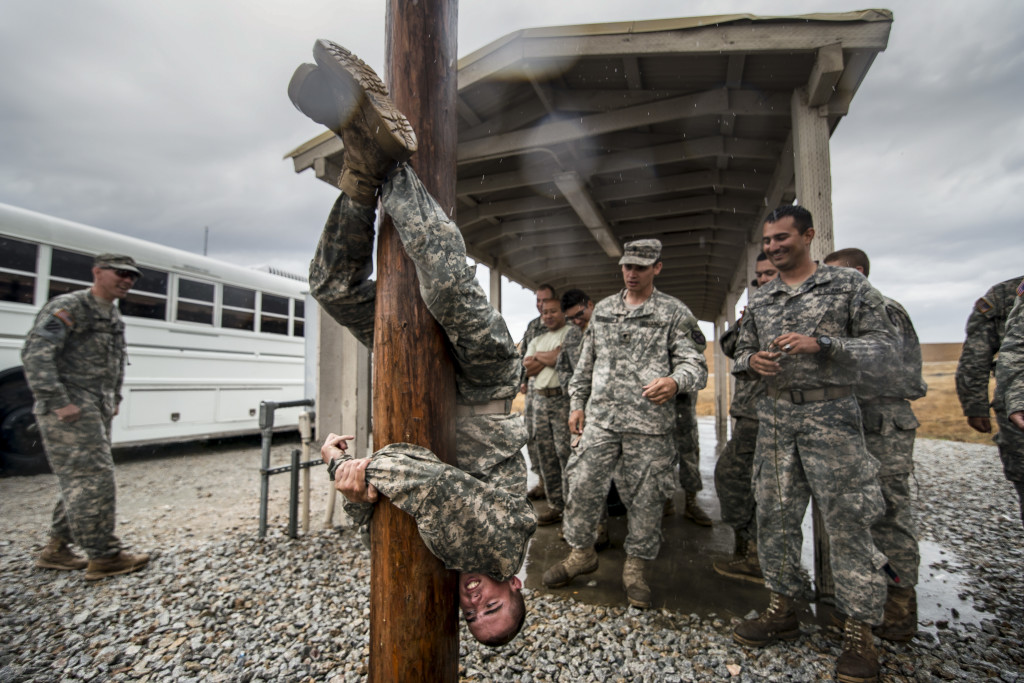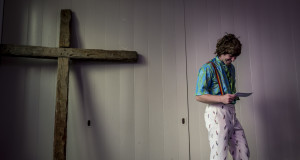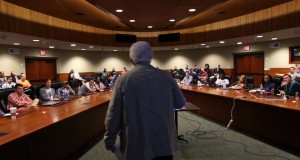Note: This is my second year submitting a portfolio for the Eddie Adams Workshop. Last year, unfortunately, I wasn’t accepted, but since then, I’ve had some tremendous opportunities to capture the lives of Soldiers in training. This is the portfolio I’ve submitted for the 2016 Eddie Adams Workshop. Below is the essay I submitted with my portfolio.
There’s something incredibly powerful about being immersed into a photography community. Over the last three years of covering stories for the Army full time, I’ve seen an encouraging growth in my work simply because of the network of fellow military photographers who have poured into me with their support, critique and encouragement.
On more than one occasion, I paused to ask, “Why are you helping me?”
My work wasn’t spectacular. I have never been formally trained in photography. Most of my growth had taken place through “learning by doing.” I didn’t seek out mentorship (foolishly) until it sought me out.
Almost every one of those mentoring photographers answered, “I’m giving it to you as freely as I received it.”
Mentorship allows for both communal and individual growth. It’s sacrificial in time and altruistic in others’ successes. Many of those photographers pointed back to their own Eddie Adams Workshop experience as a fundamental point in their growth. They always mentioned the workshop with a hint of awe in their voices. It armed them with a sense of structure and direction that propelled them forward not just in their image-making quality, but in the impact they had on others in the photo community.
Images have the power to tell stories. Every photographer says, “Capture the moment.”
The moment.
The moment.
But what the heck is that moment? How do you recognize it before it passes you by?
I want to train eyes and trigger finger to catch every one.
I studied fiction in college, not photography. Telling a story through writing involves character development, setting the scene, unraveling conflict. Usually it takes paragraphs and paragraphs to accomplish these elements carefully.
Yet, a story in photography can exist in a single image. You’d think that would be an easier task, but it isn’t.
Being part of the Eddie Adams Workshop, immersing myself into a group full of diverse talents, visions and experience levels is something I desire greatly. But not just for myself. The stories we tell through images aren’t (and shouldn’t be) about us. I want to grow in capturing stories that matter, impacting people in ways that excites their nerves, makes them laugh, moves them with compassion or inspires them to achieve their own greatness.
And I want to pass it on as freely as I have received it.
 Michel Sauret – Award-Winning Army Journalist | Independent Author Award-Winning Army Journalist, Independent Author
Michel Sauret – Award-Winning Army Journalist | Independent Author Award-Winning Army Journalist, Independent Author
